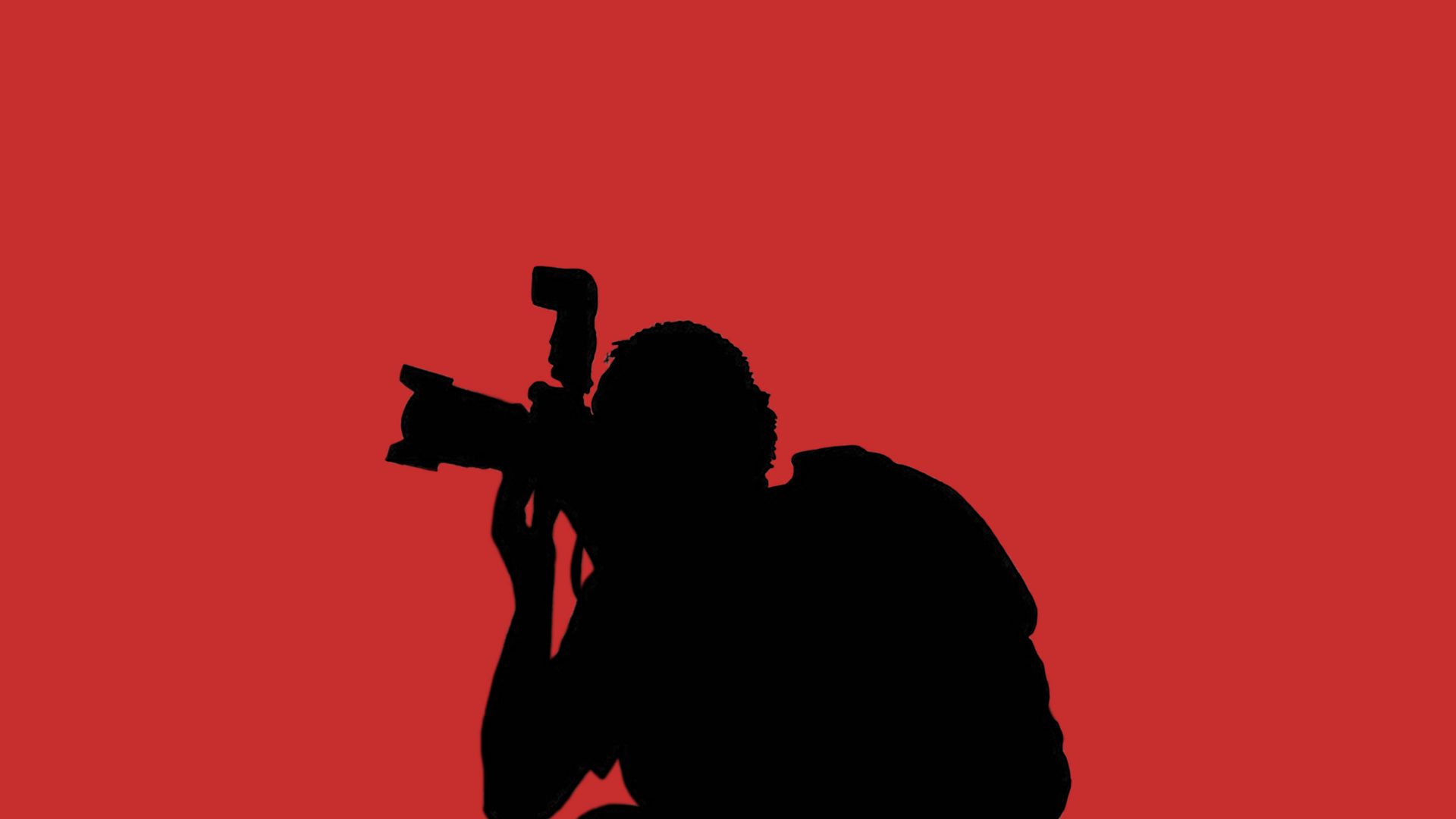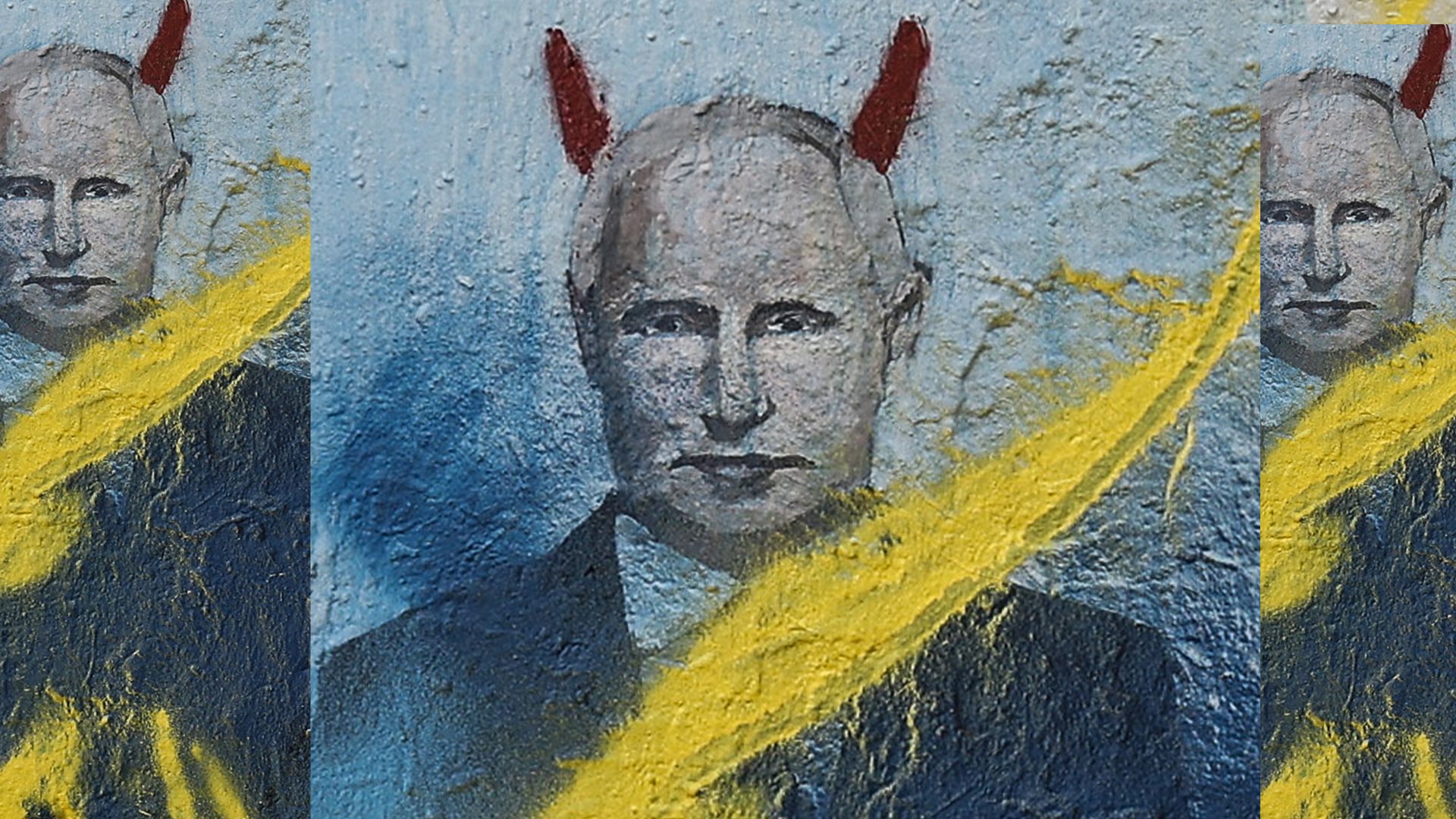The most powerful image to come out of Ukraine in recent weeks is Evgeny Maloletka’s photograph of a pregnant woman being stretchered from a bombed maternity hospital in Mariupol. Five men are struggling through debris carrying her. Smoke rises from the damaged buildings behind. She is pale from shock, her right arm lies across her chest held by one of the stretcher-bearers, perhaps because of an injury she has sustained. Her other hand is on her lower abdomen beneath her swollen pregnant belly. There is blood from an injury on her hip.
This is the grim, unforgiving reality of a war in which Russian forces have repeatedly targeted civilians. The terrible truth of what happened next is almost predicted in the image – her baby could not be saved despite an emergency caesarean section, and the mother later died from her injuries. A photograph like this, already being described as “iconic”, can change the course of events because of its symbolic power and emotional charge.
Photographs are by their nature particular: they represent a tiny slice of time, a captured moment. Or so it seems. Because of the optico-digital links to what was happening when the button was pressed, they put us in a special relationship to a moment and a particular place – almost make us eye-witnesses – and can still seem truthful in an age of deep fakes and digital manipulations.
Ultimately we rely on trust though: trust that what seems to be depicted is what was going on; trust that the photographer or editor hasn’t misrepresented when the image was made, by whom, and what was happening; trust that what we are seeing actually happened in front of the lens and wasn’t a restaging, or the result of combining multiple images to present a seemingly real picture of something that never happened, happened elsewhere or happened differently.
But photographs can be far more than legible representations of a split second. They can be a kind of visual synecdoche in which the particular becomes general. The moment is transformed into a symbol. Synecdoche is the literary figure of speech when a part of something is used to stand for the whole, when “bread” means “food,’ for example. Here the moment when the woman was stretchered out of the ruins of the hospital becomes not just an image of that Ukrainian woman’s plight, at that moment, but of something more general – the inhumanity of this war, or even of all wars.
In his book Camera Lucida, Roland Barthes distinguished between what he called the studium and the punctum of a photograph. The studium was the main theme – in this case, the depiction of a woman saved from a building in a city under fire, the implicit condemnation of a war crime photographed in a direct photojournalistic style to reveal to the world Russian bombing of civilian targets. The punctum of an image he described as something that could prick the viewer, even though not deliberately chosen by the photographer. Here the patterned strawberry-red blanket hanging down from the stretcher is strangely moving.
Yet, beyond all this, what makes Maloletka’s such a heart-wrenching photograph is that as well as functioning symbolically it shows us a particular person’s suffering. There is a well-established psychological principle that in general we will do far more to help an identifiable victim above one who is merely a statistic. Think of how people are so generous when it comes to saving a child trapped in a well, or a group of children trapped in a cave, yet not so ready to spend similar amounts of time, energy, and money on saving other unidentified children from predictable poverty-related deaths. As the philosopher Peter Singer has put it, “the identifiable victim moves us in a way that more abstract information does not”. This may be because it triggers what the psychologist Daniel Kahneman in Thinking, Fast and Slow calls “system one thinking”, the quick emotional response to a situation leading us to act that contrasts with system two’s slower, cooler, more rational, conscious, analysis-based responses that we can also make.
We see the photograph of the injured woman and respond viscerally to her plight: we want to do something to help her (even though it is too late). Cool statistical analysis of the effects of bombing healthcare centres is important, too, but images like this are quickly burned into memory and trigger a far stronger human response than the words “an attack on a hospital” ever could.



